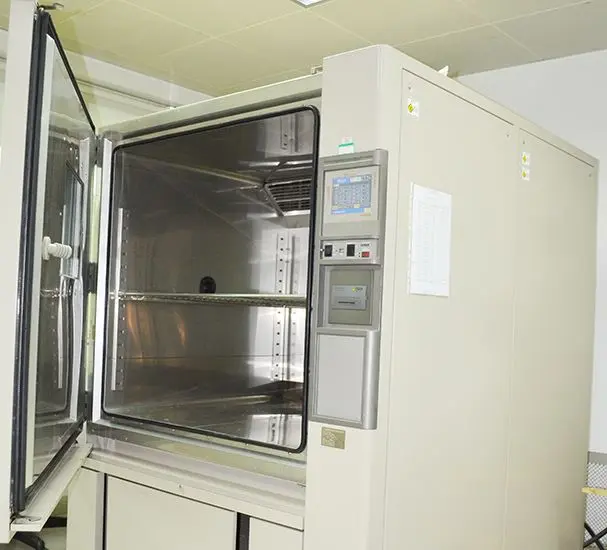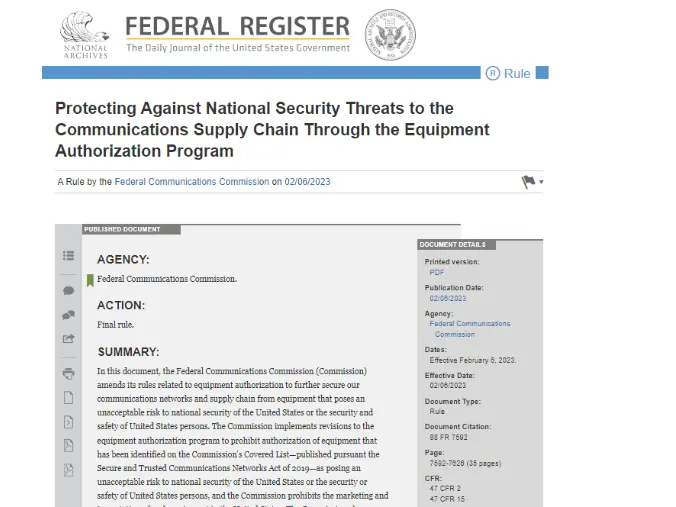
What is California Proposition 65 Testing Service?
In accordance with the requirements of California Proposition 65, the California government updates a list of cheMICals every year. Currently, nearly a thousand chemicals have been listed. The recent "coffee and cancer" controversy has also drawn wide public attention.
With ongoing international trade frictions, ensuring that products comply with the latest requirements of Proposition 65 has become essential for many manufacturers and exporters to secure access to the U.S. market.
- If your product needs to comply with Proposition 65 testing, but you are unfamiliar with the testing requirements, wish to learn more about Proposition 65, or have not yet obtained a test report, please feel free to consULt us. JJR LAB will provide full assistance!

Applicable Products
- Electronic products
- Apparel
- Food contact products
- Aluminum cookware
- Bags & luggage
- Wires & cables
- Jewelry
- Electrical devices
- Ceramic & glass products
- Toys
- Textiles
- Exercise mats
- Household goods
- Bicycles & accessories
- Childcare products
California Proposition 65 Testing Items
1. Heavy Metals — Lead
2. Formaldehyde — Flame Retardants
3. BISphenol A (BPA) — Cadmium
4. Phthalates — DEHP, BBP, DBP, DIDP, DnHP, etc.
What is California Proposition 65?
California Proposition 65 refers to the Safe Drinking Water and Toxic Enforcement Act of 1986, enacted in November 1986 by the State of California, and codified in Sections 25249.5–25249.13 of the California Health and Safety Code.
It aims to increase public awareness and control of toxic chemicals that may be encounteRED in daily life.
What are the requirements of Proposition 65, and how can products comply?
- Proposition 65 currently regulates nearly a thousand substances, without fixed concentration limits.
- For businesses, fully controlling such a large number of substances is highly challenging.
- Moreover, the list is updated quarterly, which adds to the difficulty of compliance.
Recommendation:
- Companies should identify relevant limits based on past litigation cases for their product category.
- Investigate whether their products contain these substances.
- If concentrations exceed the levels noted in litigation cases, warning labels must be applied to the product.
Currently, Proposition 65 litigation covers a wide range of products, including electronics, toys, and food contact materials.
When did OEHHA release new regulations on warning labels, and when did they take effect?
- In August 2016, the California Office of Environmental Health Hazard Assessment (OEHHA) adopted revised regulations to provide "clear and reasonable" Proposition 65 warnings.
- These new regulations took effect on August 30, 2018.
- The old provisions from 2008 were repealed, and businesses are now required to use warnings that comply with the updated regulations.
If a product passes phthalate testing under Proposition 65, does it also comply with the four new phthalates added under RoHS?
- No.
- The two regulations differ in scope, concentration limits, regulated substances, and testing methods.
- Products must undergo separate testing and evaluations to confirm compliance with both requirements.
Email:hello@jjrlab.com
Write your message here and send it to us
 What are ASTM F963 and CPSIA?
What are ASTM F963 and CPSIA?
 Comparison of ASTM F963 and EN 71
Comparison of ASTM F963 and EN 71
 How to get CSA C22.2 NO.256:14 Test Report?
How to get CSA C22.2 NO.256:14 Test Report?
 How much is the ISTA Amazon Packaging & Shippi
How much is the ISTA Amazon Packaging & Shippi
 Amazon Product Laboratory Testing Requirements
Amazon Product Laboratory Testing Requirements
 How to Get EPA Certificatio
How to Get EPA Certificatio
 What is EPA Certification in the United States?
What is EPA Certification in the United States?
 What is an FCC Registered Agent?
What is an FCC Registered Agent?
Leave us a message
24-hour online customer service at any time to respond, so that you worry!




